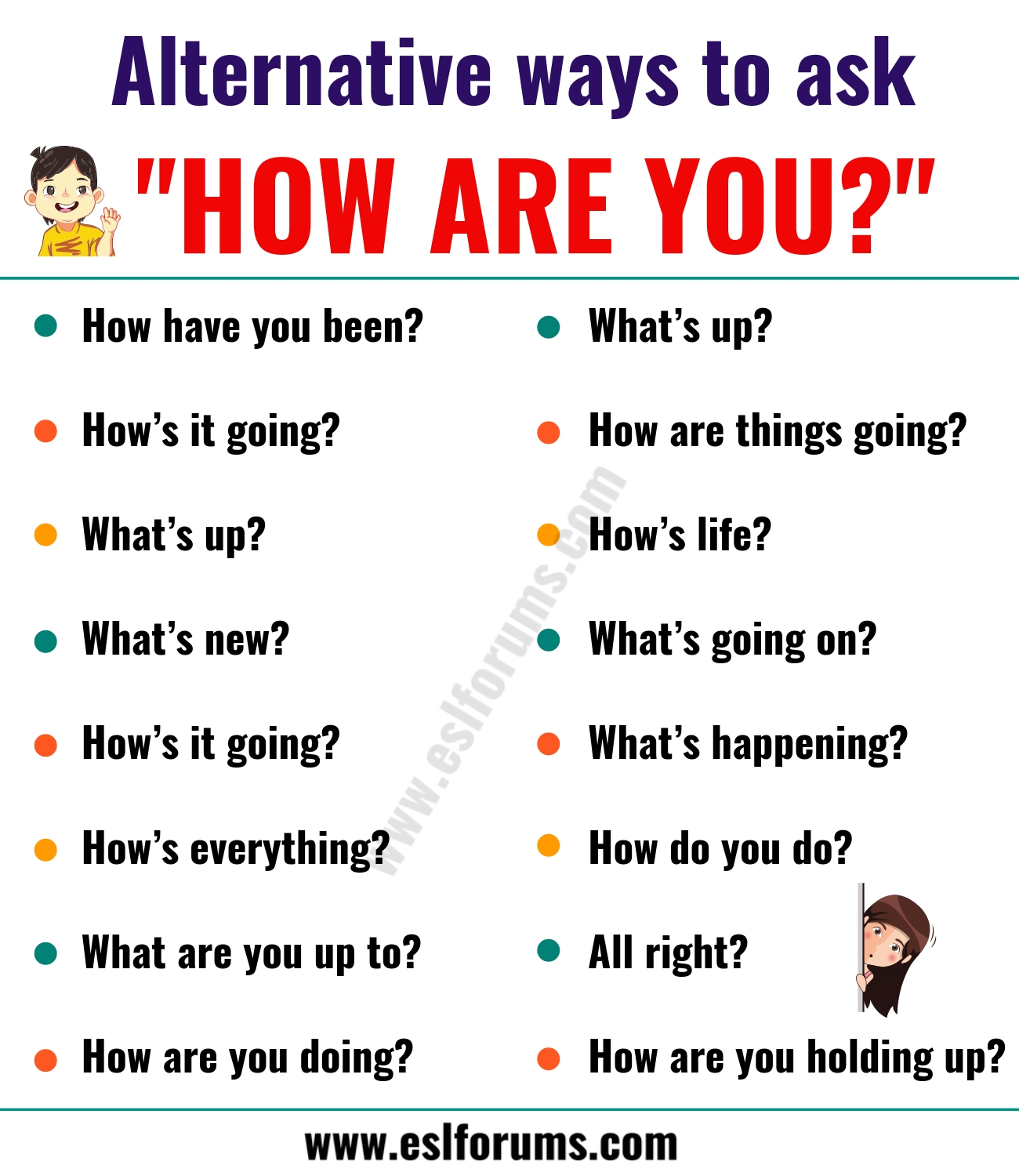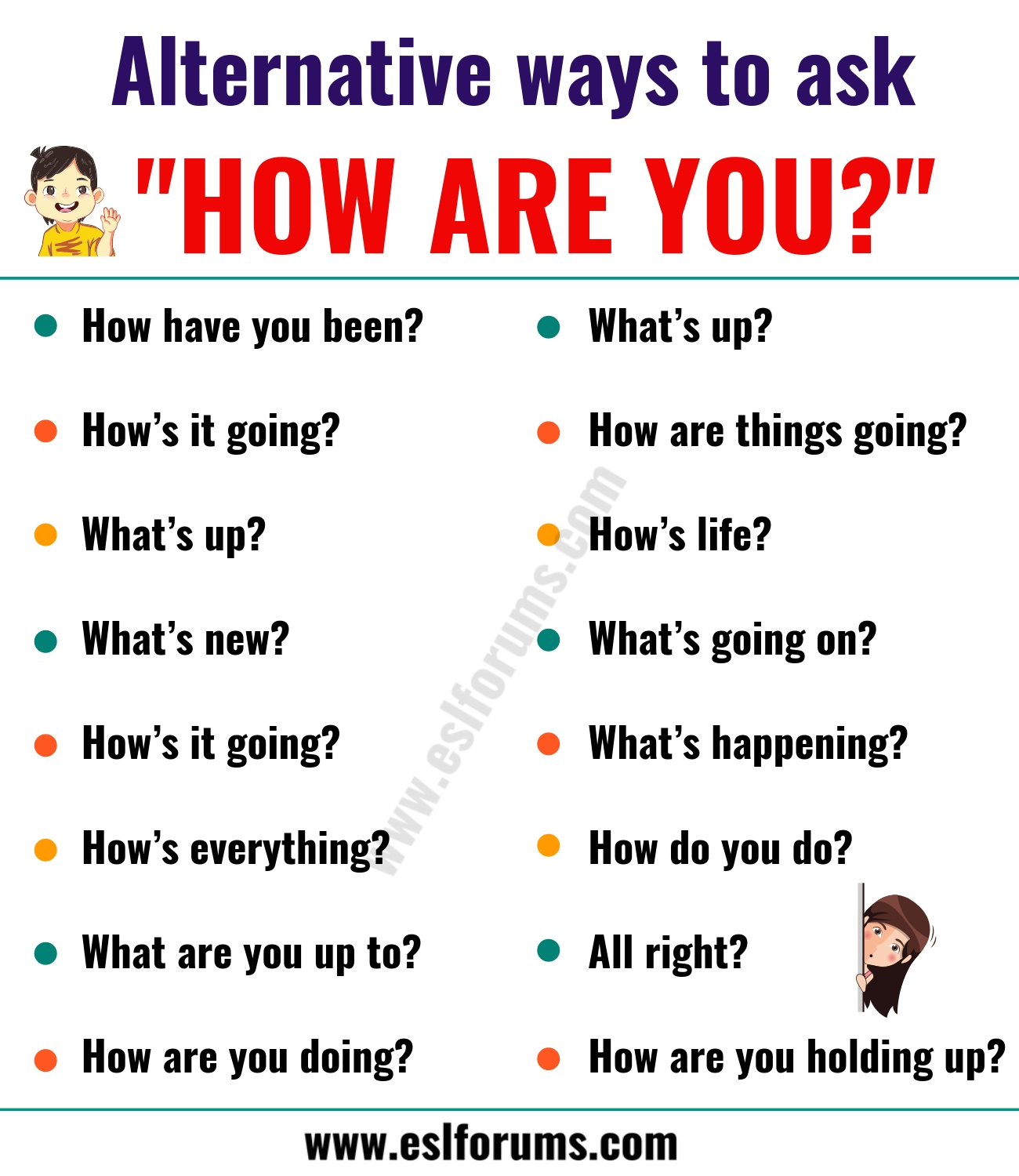
As the deadline looms, the specter of a government shutdown is growing more real. Congressional leaders are increasingly entrenched in their positions, with both Democrats and Republicans seemingly prepared to weather the storm. The key sticking points revolve around spending levels and policy riders, particularly concerning healthcare and environmental regulations.
The potential shutdown is not just a political game; it has real-world implications for government services, federal employees, and the broader economy. From national parks to air traffic control, essential functions could be disrupted, leaving many Americans feeling the impact.
The Lay of the Land: Key Players and Their Stances
President Trump’s Position: A Balancing Act
President Trump has sent mixed signals in the lead-up to the potential shutdown. On one hand, he has urged Republicans to support a stopgap bill to avert immediate crisis, seemingly advocating for a pragmatic approach. On the other hand, he has also encouraged a tough stance against what he terms the “radical left,” suggesting a willingness to use the shutdown as leverage to achieve policy goals.
This duality reflects the complex political calculations at play. Trump needs to appear reasonable to avoid blame for a shutdown, but he also wants to energize his base by fighting against Democratic priorities. Navigating this tightrope will be crucial in shaping public perception of the crisis.
Ultimately, Trump’s final decision could hinge on his assessment of the political fallout. If he believes he can successfully pin the blame on Democrats, he may be more inclined to let the shutdown proceed. However, if he fears a backlash, he could push for a last-minute compromise.
Democrats’ Strategy: Holding the Line
Democrats, led by figures like Hakeem Jeffries, are digging in their heels, vowing to block any spending bill that doesn’t meet their demands. A key focus is protecting healthcare access and opposing what they see as harmful cuts to essential social programs. They believe they have public opinion on their side, arguing that a shutdown would disproportionately hurt vulnerable populations.
Jeffries has specifically demanded an “ironclad” deal on healthcare, signaling that this is a non-negotiable issue for his party. This stance reflects the broader Democratic commitment to expanding access to affordable healthcare, a core tenet of their political platform. The Democratic strategy involves portraying Republicans as being willing to hold the government hostage to achieve their ideological goals.
However, some analysts question the wisdom of this approach, suggesting that Democrats may be overestimating their leverage. Government shutdowns are often messy and unpredictable, and public blame can be difficult to assign. There’s a risk that Democrats could be seen as obstructionist, particularly if the shutdown drags on and causes widespread disruption.
Republican Divisions: A House Divided
The Republican party is far from united on the shutdown strategy. While some hardliners are eager to slash spending and challenge Democratic priorities, others are wary of the potential political consequences. This internal division complicates the negotiation process and makes it difficult to predict the outcome.
Moderate Republicans, in particular, may be reluctant to support a shutdown that could damage their reputations and alienate swing voters. They may prefer a more pragmatic approach that avoids a crisis, even if it means compromising on some of their policy goals. This internal tension within the Republican caucus adds another layer of uncertainty to the situation.
The role of figures like Speaker Johnson will be critical in navigating these divisions. He needs to find a way to appease both the hardliners and the moderates within his party, while also engaging in negotiations with Democrats. It’s a delicate balancing act that will test his leadership skills.
The Key Issues Fueling the Impasse
Healthcare: A Major Sticking Point
Healthcare has emerged as a major flashpoint in the shutdown fight. Democrats are adamant about protecting the Affordable Care Act (ACA) and opposing any attempts to roll back its provisions. Republicans, on the other hand, have long sought to repeal or weaken the ACA, arguing that it’s too expensive and ineffective. This fundamental disagreement over healthcare policy is a major obstacle to reaching a budget deal.
The debate over healthcare extends beyond the ACA. Democrats are also pushing for measures to lower prescription drug costs and expand access to Medicaid, while Republicans are focused on containing healthcare spending and promoting market-based reforms. These competing priorities make it difficult to find common ground.
The potential consequences of a shutdown for healthcare are significant. Federal funding for healthcare programs could be disrupted, potentially affecting access to care for millions of Americans. This is a particularly sensitive issue, given the ongoing concerns about healthcare affordability and accessibility.
Spending Levels: The Core of the Conflict
At the heart of the shutdown fight is a fundamental disagreement over spending levels. Republicans are generally pushing for lower spending, arguing that it’s necessary to reduce the national debt and promote economic growth. Democrats, on the other hand, are advocating for higher spending on social programs and infrastructure, arguing that these investments are essential for creating jobs and improving the lives of working families.
The specific areas of disagreement include funding for education, environmental protection, and housing assistance. Republicans are seeking to cut funding for these programs, while Democrats are fighting to maintain or increase it. These competing priorities reflect different visions for the role of government in society.
Reaching a compromise on spending levels will require both sides to make concessions. However, given the deep ideological divisions between the parties, finding a mutually acceptable solution may prove difficult. The potential consequences of failing to reach a deal are significant, as a shutdown could disrupt government services and harm the economy.
Policy Riders: Hidden Agendas
In addition to spending levels, policy riders are also contributing to the shutdown fight. Policy riders are provisions attached to appropriations bills that seek to advance specific policy goals. These riders can be highly controversial, as they often bypass the normal legislative process and are used to push through measures that would not otherwise pass on their own merits.
Examples of policy riders include provisions related to environmental regulations, abortion access, and immigration policy. These riders can be highly divisive, as they reflect fundamental disagreements over social and cultural issues. The inclusion of such riders in appropriations bills makes it more difficult to reach a compromise, as it adds another layer of complexity to the negotiations.
The use of policy riders has become increasingly common in recent years, as both parties have sought to use the appropriations process to advance their agendas. This trend has contributed to the gridlock and dysfunction in Congress, making it more difficult to pass essential legislation.

Congressional leaders face off, illustrating how congressional leaders are positioning themselves in the shutdown fight.
Potential Outcomes and Implications
Shutdown Scenarios: Best Case, Worst Case
The potential outcomes of the shutdown fight range from a last-minute compromise to a prolonged government closure. In the best-case scenario, negotiators would reach a deal that addresses the key sticking points and allows the government to reopen quickly. This would minimize disruption to government services and avoid significant economic damage.
However, in the worst-case scenario, the shutdown could drag on for weeks or even months, causing widespread disruption and economic hardship. Federal employees would be furloughed, national parks would be closed, and essential government services would be suspended. The economic impact could be significant, as consumer confidence declines and businesses postpone investments.
The most likely outcome is somewhere in between these two extremes. A short-term shutdown is possible, followed by a compromise that allows the government to reopen. However, even a brief shutdown can have negative consequences, as it creates uncertainty and undermines public trust in government.
Political Fallout: Who Wins, Who Loses?
The political fallout from the shutdown will depend on how it plays out and who is perceived to be responsible. If the shutdown is short-lived and a compromise is reached, the political impact may be minimal. However, if the shutdown drags on and causes significant disruption, the political consequences could be significant.
Both Democrats and Republicans are taking a gamble by digging in their heels. Democrats risk being seen as obstructionist if they refuse to compromise, while Republicans risk being blamed for the shutdown if they are perceived as being unreasonable. The ultimate winner will be the party that is able to successfully frame the narrative and convince the public that they are acting in the best interests of the country. Related coverage provides ongoing updates.
The shutdown could also have implications for the upcoming elections. Voters may punish the party that they believe is responsible for the shutdown, potentially shifting the balance of power in Congress. The outcome of the shutdown fight could therefore have a significant impact on the political landscape.
Long-Term Impacts: Eroding Trust
Even if a compromise is reached, the shutdown fight could have long-term impacts on public trust in government. Repeated shutdowns and budget crises can erode public confidence and make it more difficult to address pressing national challenges. The constant political brinkmanship can create a sense of cynicism and disillusionment among voters.
The shutdown fight also highlights the deep divisions within American society. The competing visions for the role of government and the fundamental disagreements over policy issues make it difficult to find common ground and build consensus. Overcoming these divisions will require a renewed commitment to civility and compromise.
Ultimately, the shutdown fight is a symptom of a deeper problem: the increasing polarization of American politics. Addressing this problem will require a fundamental shift in the way we approach political discourse and decision-making. We need to find ways to bridge the divides and work together to solve the challenges facing our nation.
Key Takeaways
- Congressional leaders are deeply entrenched in their positions, increasing the likelihood of a government shutdown.
- Healthcare and spending levels are the primary sticking points in the budget negotiations.
- The political fallout from the shutdown will depend on who is perceived to be responsible.
- Repeated shutdowns can erode public trust in government and make it more difficult to address pressing national challenges.
FAQ
What is a government shutdown?
A government shutdown occurs when Congress fails to pass appropriations bills to fund government operations. This results in the closure of non-essential government agencies and the furlough of federal employees.
Why is a shutdown looming?
A shutdown is looming because Democrats and Republicans are unable to agree on spending levels and policy riders in the appropriations bills. Both sides are digging in their heels, making a compromise difficult to achieve.
What government services will be affected?
A government shutdown could affect a wide range of services, including national parks, air traffic control, and processing of government benefits. Federal employees would also be furloughed, disrupting government operations.
How long could a shutdown last?
A shutdown could last for a few days, a few weeks, or even longer, depending on how quickly Democrats and Republicans can reach a compromise. The longer the shutdown lasts, the more severe the consequences will be.
In conclusion, the positioning of congressional leaders in the shutdown fight reflects deep-seated ideological divisions and strategic calculations. The outcome remains uncertain, but the potential consequences for government services, the economy, and public trust are significant. It is crucial for citizens to stay informed and engage with their elected officials to demand responsible governance. To further understand the intricacies of government shutdowns, consider researching the historical precedents and impacts of past shutdowns.

